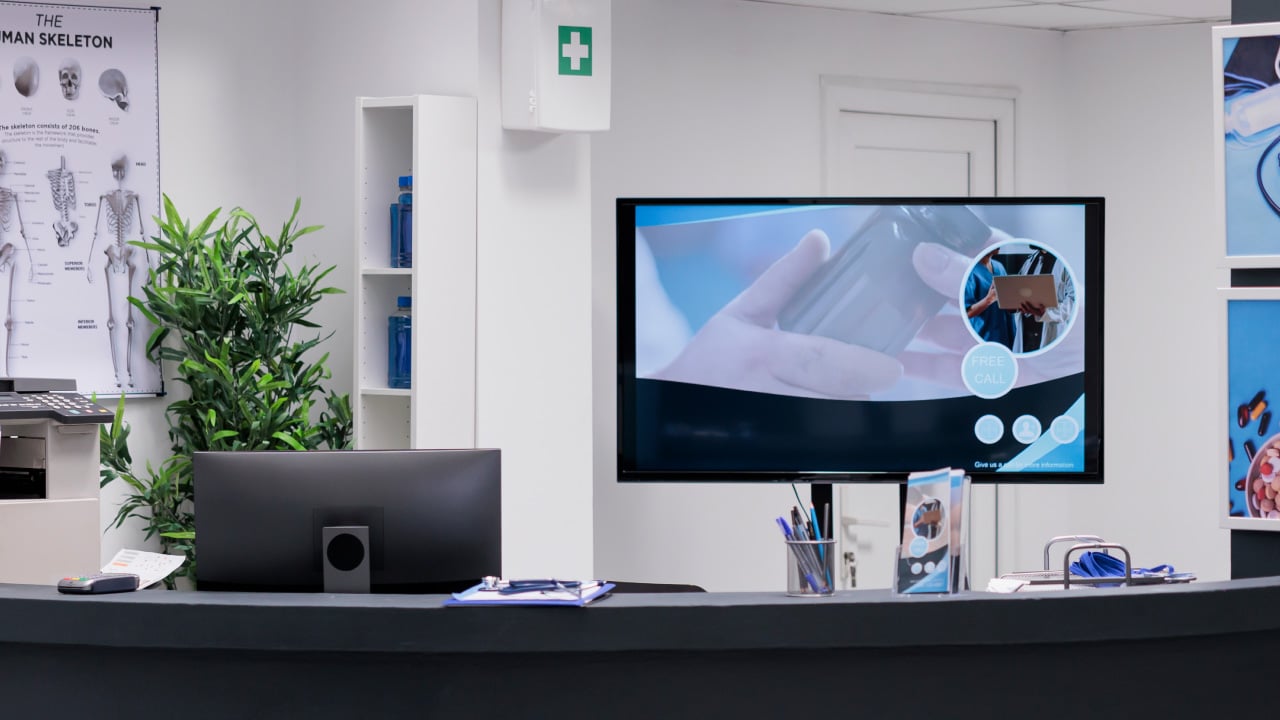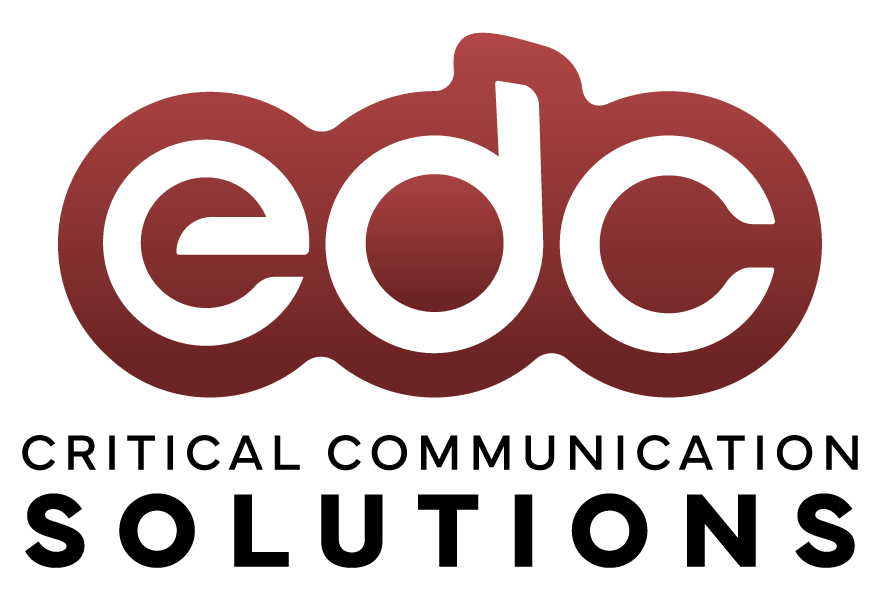
Transforming Healthcare Facilities Into Smart Environments
September 1, 2024In healthcare facilities, it is critical to have reliable, up-to-date communication systems. These systems boost productivity, help with data-driven decision making and allow staff to respond quickly to emergencies. For some patients, those responses can mean the difference between life and death.
Let’s review some healthcare technology you can implement for a “smarter” hospital, clinic or nursing home.
Nurse Call Systems
A direct line of communication between patients and staff is essential. Modern nurse call systems are incredibly sophisticated, offering mobile connectivity features, location-based services and integration with electronic health records.
Nurse call systems ensure that even when healthcare providers leave the room, they can diligently monitor their patient’s well-being. For example, a nurse call system with two-way communication can help staff convey information about a wandering patient, and convenient access to health records helps patients receive personalized care more quickly.
There are many variations of nurse call systems. Examples include portable pager devices, overhead paging systems and even mobile apps for communication among staff members. Digital Enhanced Cordless Telecommunications (DECT) phones are cordless phones that allow secure internal communication in hospitals.
Digital Signage
Digital displays in healthcare facilities serve a variety of purposes. Frequently, they are used to guide patients to their destinations and provide them with crucial information. This is especially helpful in large hospitals where patients may be feeling intimidated or anxious about getting to their appointment on time.
Signage also helps staff communicate news more effectively. From sharing the cafeteria’s daily lunch special to alerting healthcare staff about patient allergies and preferences, digital signage is an organized alternative to bulletin boards and scraps of paper.
Telehealth Technology
Since the pandemic, use of telehealth technology has skyrocketed, especially for patients who face geographical or medical barriers to visiting their preferred healthcare facility. Telehealth medical appointments are also a convenient option for patients with busy lives.
Video conferencing technology allows healthcare providers to communicate clearly and effectively with patients when collecting medical data, tracking treatment or providing prescriptions. No healthcare technology update is complete without integrating telehealth and remote care into your operations.
Make Smart Moves for Your Healthcare Facility
Healthcare technology has made impressive strides in the last several years, and only continues to get smarter. If your healthcare facility has yet to make the “smart” upgrade, now is the time.
Electronic Design Company can help you smoothly integrate smart technology into your healthcare business. We support you through every phase of your equipment’s life cycle. Contact us today to learn more.


